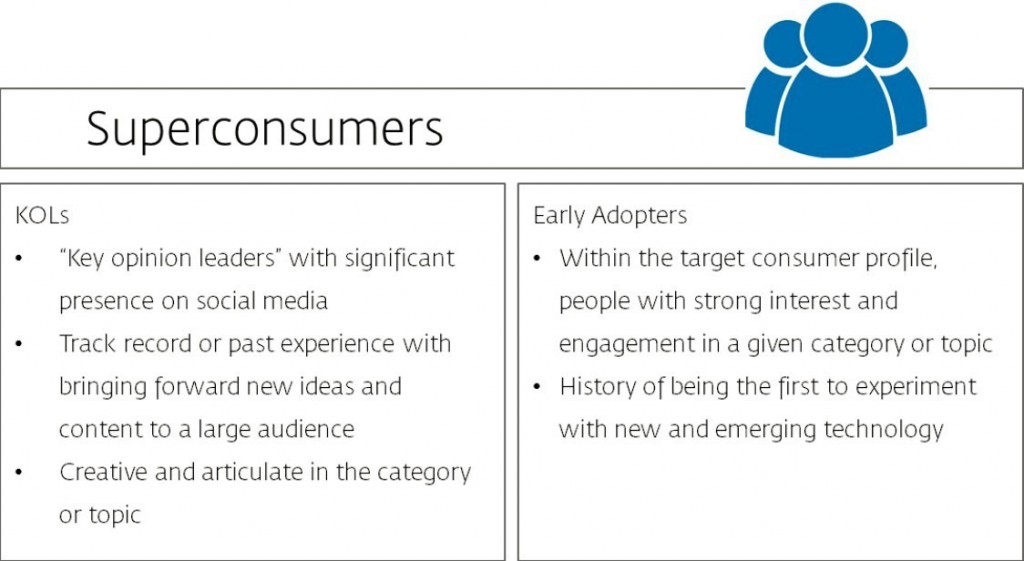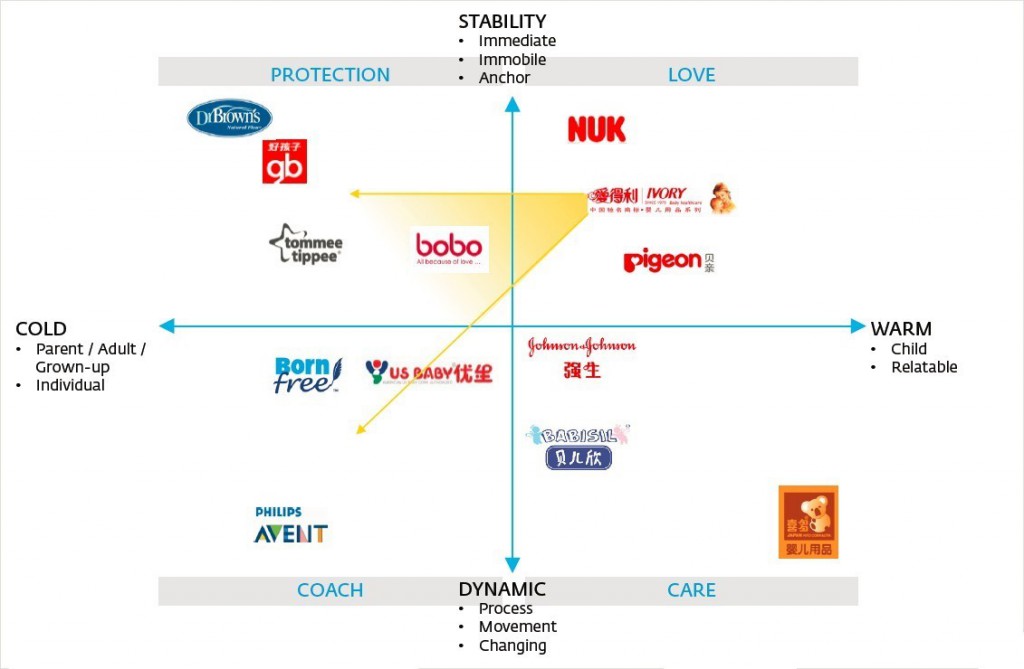Workshops that Work: A Tool for Agile Product Innovation

Workshops. They have been around for ages and used in companies for years, but are now elevated to a buzzword and even a must-have. Workshops can take different forms and achieve various objectives, and no sticky notes aren’t essential! While a team may hold a workshop for the sake of holding a workshop, they are most effective when there is a clear challenge to solve. As with many things in marketing and branding, they are one part science and one part art. Let’s zoom in on Product Innovation Workshops: how to design them, how to deliver them, and how to best leverage this tool for agile product innovation.
What We Need
A successful product innovation workshop results in the creation of new products or services, which enhances Brand Strength and pivots the competition, or sometimes even the category. Yet, as practitioners know, there is a lot that goes into a great workshop, such as insights, trends, people, place, and the power to implement.
Insights: Observe the Market
Strong consumer and cultural insights lay the foundation for a productive workshop. A study can be carried out specifically to inform the workshop, or highlights from recent research can be compiled and presented during the session. The goal of insights is not to share facts but more to inspire and trigger thought, so that strategy and innovation ideas are developed that address them.
Empathy is powerful and that is possible only through contextual enquiry and immersion – ideally workshop attendees should aim to participate in consumer home visits, “shop-alongs”, and other activities. Influencers, ‘Super-consumers’, consumers who are highly engaged in a particular product category, can be included to represent the consumers’ voice and the voice of reason/ reality.
Super-consumers include a combination of key opinion leaders and early adopters
Trends: Essential to future-proof your innovations
By leveraging information on emerging trends to help forecast where the category is heading, concepts ideated during the workshop are based not only the status quo but also what lies ahead. It is critical that innovation workshops have insights on trends as the foundation for ideation and concept development – otherwise, the outputs are unlikely to be successful when they go to market and won’t stand the test of time. Some effective methodologies are cultural and category trends analysis - social media listening, semiotics/cultural analysis research, and inputs from industry experts such as academics, journalists, and scientists.
Example of trend movements for Baby Care Brands category in China
People and Place
These two ingredients may seem straightforward, but People and Place can make or break a workshop. In terms of people, it is most effective to have a cross-functional team involved to ensure all possibilities and constraints are taken into account. For example, a recent workshop for a CPG brand benefited from having members from R&D, Consumer Insights, Marketing, and e-commerce teams.
When it comes to the place or the venue, it is usually better to hold the workshop off-site from the normal office environment, to help the participants put aside daily/operational concerns, remove their organizational hats, and get in the creative mindset. Often a venue that is bright, open, and spacious, with several areas suitable for small group sessions works best.
The Power to Implement
Lastly and perhaps most importantly, what comes after the workshop must be well understood: there needs to be a process for turning the ideas into reality. If the ideas lie unused, the workshop is not an effective use of time and money and can also be discouraging for the participants. Oftentimes workshops unleash employees’ energy and camaraderie and it is best to keep up the momentum for internal brand building, at the same time bringing new, profitable products to market.
Conclusion: The Importance of Agility
In certain categories such as CPG, brands need to have an agile system in place for innovation. Whereas a 2-3 year innovation pipeline used to be the norm, we now see many companies able to launch new products every 6 months. (They are also quick to pull these concepts from the shelves if they are not working.) Yet, a super rapid churning out of new products can be seen as wasteful and can also be detrimental to brand perceptions. The answer likely rests in the middle ground: agile and strategic product innovation and introductions that are founded in insights and trends, and are consumer and market validated prior to full development and launch.
Innovation workshops are a great tool in this regard – as it helps front load internal development within a reduced period of time. Also, by engaging cross-functional teams, the concept ideas are feasible from the perspectives of R&D and marketing. Innovation workshops forces the brand and the key stakeholders to get out of the comfort zone and come to face with reality, any innovation process that feels too comfortable may not be a good thing as that means you are not challenging yourself enough.
It may be through a workshop that your brand discovers the next big thing!

